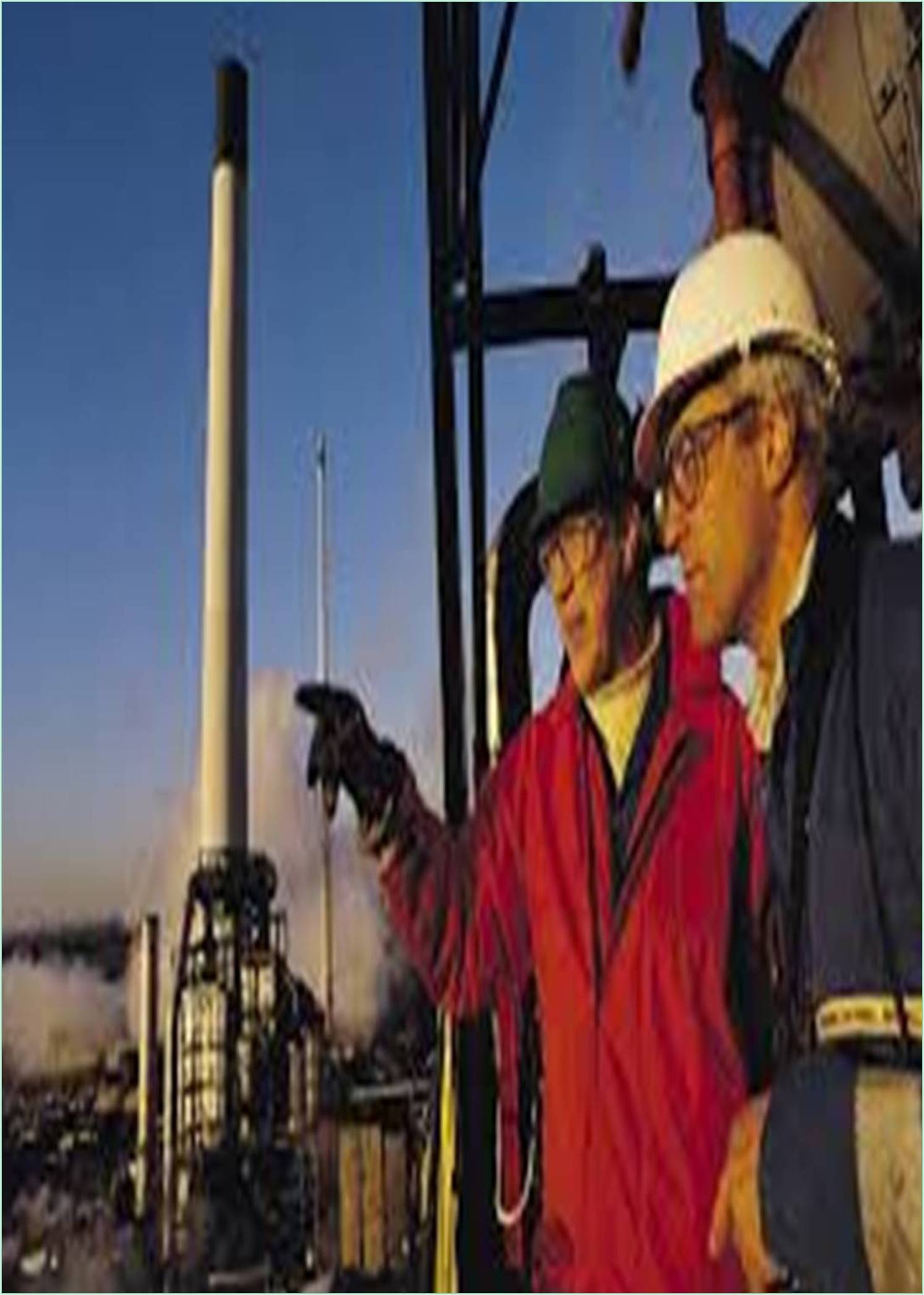



Received: 08-Apr-2022, Manuscript No. GJEA-22-64438; Editor assigned: 11-Apr-2022, Pre QC No. GJEA-22-64438 (PQ); Reviewed: 25-Apr-2022, QC No. GJEA-22-64438; Revised: 02-May-2022, Manuscript No. GJEA-22-64438 (R); Published: 09-May-2022, DOI: 10.15651/2449-1888.22.3.004
Civic planning also known as indigenous planning, city planning, megacity planning, or pastoral planning, is a specialized and political process that's concentrated on the development and design of land use and the erected terrain, including air, water, and the structure passing into and out of civic areas, similar as transportation, dispatches, and distribution networks and their availability. Traditionally, civic planning followed a top down approach in master planning the physical layout of mortal agreements. The primary concern was the public weal, which included considerations of effectiveness, sanitation, protection and use of the terrain, as well as goods of the master plans on the social and profitable conditioning. Over time, civic planning has espoused a focus on the social and environmental bottom lines that concentrate on planning as a tool to ameliorate the health and good of people while maintaining sustainability norms. Sustainable development was added as one of the main pretensions of all planning end in the late 20th century when the mischievous profitable and the environmental impacts of the former models of planning had come apparent. Also, in the early 21st century, Jane Jacob s jottings on legal and political perspectives to emphasize the interests of businesses and communities effectively told civic itineraries to take into broader consideration of resident gests and requirements while planning. Civic planning answers questions about how people will live work and play in a given area and therefore, attendants orderly development in civic, suburban and pastoral areas. Although generally concerned with the planning of agreements and communities, civic itineraries are also responsible for planning the effective transportation of goods, coffers, people and waste; the distribution of introductory similar as water and electricity a sense of addition and occasion for people of all kinds, culture and needs profitable growth or business development; perfecting health and conserving areas of natural environmental significance that laboriously contributes to reduction in CO2 emigrations as well as guarding heritage structures and erected surroundings. Since utmost civic planning brigades correspond of largely educated individualities that work for megacity governments, recent debates concentrate on how to involve further community members in megacity planning processes. Civic planning is an interdisciplinary field that includes civil engineering, armature, mortal terrain, politics, Social wisdom and design. Interpreters of civic planning are concerned with exploration and analysis, strategic thinking, Engineering armature, civic design, public discussion, policy recommendations, perpetration and operation. It's nearly related to the field of civic design and some civic itineraries give designs for thoroughfares, premises, structures and other civic areas. Civic itineraries work with applicable areas of civil engineering, landscaping, armature and government to achieve strategic, political and sustainable pretensions. Beforehand civic itineraries were frequently members of these applicable disciplines, but civic planning is now an independent and independent discipline.
The area of civic planning is a broader order, including subfields similar as land use planning, zoning, profitable development, environmental planning, and transportation planning. Creating a plan requires a complete understanding of the felonious law and the planning zoning constitution Civic diary is a professional who works in the field of civic planning for the purpose of optimizing the effectiveness of a community's land use and structure. They formulate plans for the development and operation of civic and suburban areas, generally assaying and use comity as well as profitable, environmental and social trends. In developing any plan for a community (whether marketable, domestic, agrarian, natural or recreational), civic itineraries must consider a wide array of issues including sustainability, being and implicit pollution, transport including implicit traffic, crime, land values, profitable development, social equity, zoning canons and other legislation.
The significance of the civic diary is adding in the 21st century, as ultramodern society begins to face issues of increased population growth, climate change and unsustainable development civic diary could be considered a green collar professional. Some experimenters suggest that civic itineraries around the world work in different "planning societies" acclimated to their original metropolises and societies. Still, professionals have linked chops, capacities and introductory knowledge sets that are common to civic itineraries across public and indigenous boundaries.
Strategic Urban Planning
Strategic civic planning focuses on setting high- position pretensions and determining asked areas of growth for a megacity or metropolitan area. The strategic plan’s pretensions may include easing transportation throughout the megacity, creating further community spaces, perfecting citizen quality of life, or encouraging people to visit or move to the megacity.
Land Use Planning
Land-use planning largely concerns legislation and policy, espousing planning instruments like governmental bills, regulations, rules, canons, and programs to impact land use. On a broad position, these planning instruments deal with the type, position, and quantum of land demanded to carry out different functions of the megacity.
They also serve to zone or reserve land for certain purposes similar as Commercial for structures like retail shops and office structure Industrial for structures like manufacturing shops and storages External for structures like police stations and courthouses As with posterior types of civic planning, consulting with the community and applicable stakeholders is an important part of landuse planning to insure translucency, and incorporate a wide range of interests into the overall plan.